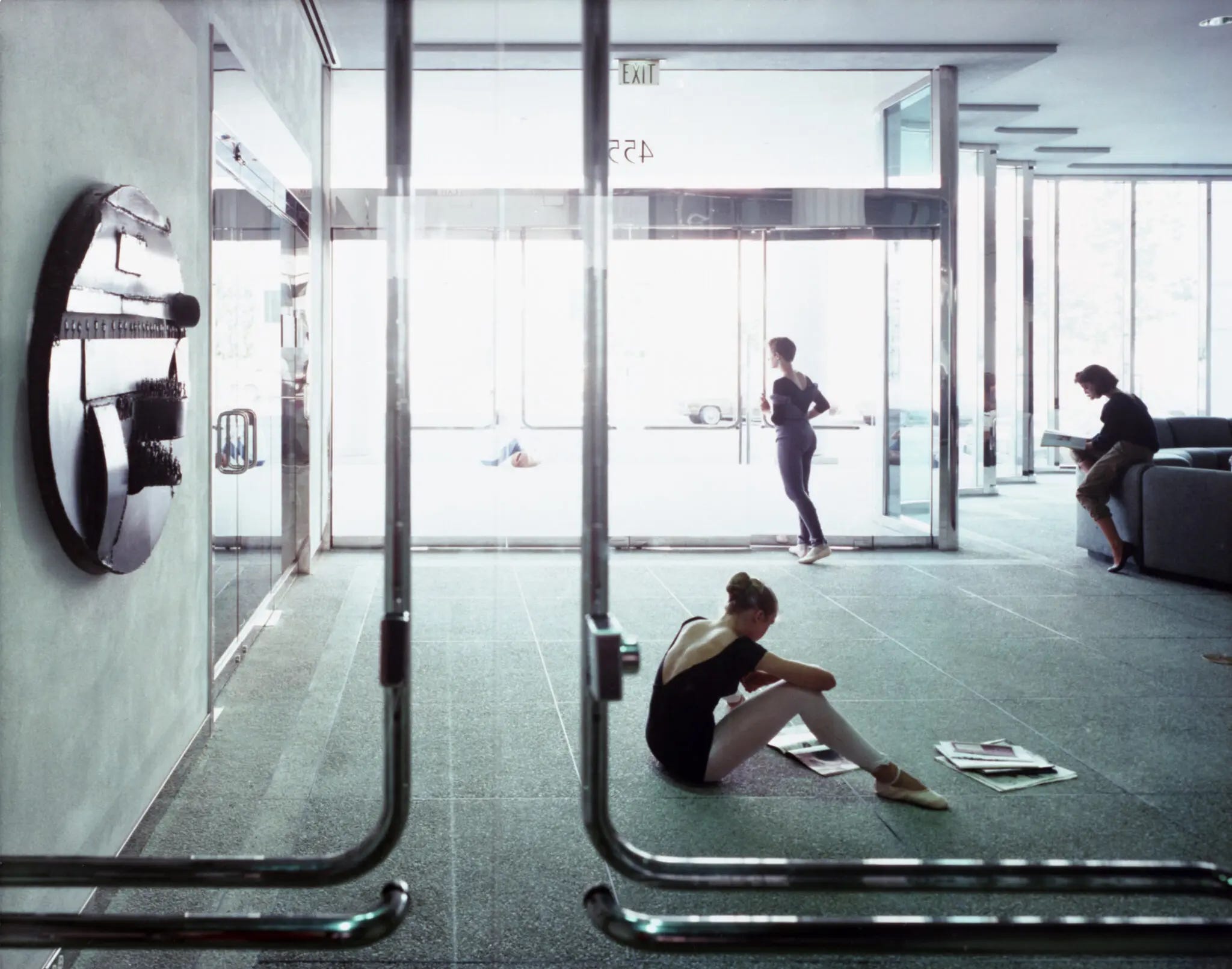Public Domains
Ensuring everyone feels welcome in the places we encounter each other

Hi everyone,
Today’s newsletter touches on public spaces and architecture, two themes discussed in Monday’s podcast. Below you’ll find notes on some leading nonprofits’ new public-space reports and a brief appreciation of Beverly Willis, who championed women’s achievements in architecture for decades.
People in Toronto are rightly celebrating Love Park, one of Claude Cormier’s last projects, and I’m also partial to the Staging Grounds intervention recently unveiled by our friends at The Bentway. What’s your favorite new public space? What parks or design innovations should I be looking at? I’m particularly looking for recommendations in Montreal or Chicago, two cities I’m visiting soon.
Love all ways,
Brian
Out in the Open
Last week, two nonprofits devoted to open spaces released their annual advocacy reports. In the United States, The Cultural Landscape Foundation published its Landslide report, marking twenty-five years of helping preserve culturally significant landscapes. On this side of the border, Park People released its annual Canadian City Parks Report, drawing together interviews and data from nearly three dozen municipalities. Both emphasize the trend—and the still greater need—to apportion resources through an equity lens and to engage communities in conversations about “designing, interpreting, and stewarding” landscapes.
Whether noting the challenges posed by increasing park use, climate change, or the rising pressure on public spaces to generate revenue, the reports mark a moment of transition and, with it, uncertainty. This makes the TCLF report’s twenty-five success stories all the more heartening.
✰ A little more: the Project for Public Spaces, another US-based nonprofit, has recently been expanding upon its Place Diagram, which helps people judge the quality of places. Read its short introductions on how to create multi-purpose places, sociability, and access and linkages.

Sound and Vision
We’ve released two episodes of the new Frontier Magazine podcast, with writers Erin Kissane and Drew Austin. Both are packed with insights I’m still digesting. Know, too, that if you don’t listen to podcasts, the edited, link-filled transcripts are available on our site. As with these newsletters, there’s always more to explore.
Since recording about a month ago, Erin and Drew have been busy publishing new stories. She’s published two installments of a chilling, deeply researched series on Facebook’s “actions (and inactions) in Myanmar” before and after the recent genocide there. He wrote two weeks ago about how “the internet is better understood as a sophisticated marketing strategy for reality than a reality unto itself.” And, in response to last week’s floods in New York City, he noted that “we don’t have climate problems so much as we have infrastructure problems.”
That last point perfectly sets up our October 16 episode with Deb Chachra, author of the forthcoming book How Infrastructure Works. Next up, though, is a conversation with startup founder and investor Sari Azout, whose new software platform Sublime is meant to help create “a calmer, more human internet.”
Please help spread the word! Anyone can subscribe by searching Frontier Magazine in their podcast app or copying and pasting this link into that app’s search bar.

RIP Beverly Willis (1928–2023)
Beverly Willis, the artist, architect, and advocate for women’s contributions to architecture, died on Sunday at her home in Connecticut. The contours of her life sketched in obituaries, like this one in the New York Times, reveal a woman pushing constantly against the professional constraints placed upon her by sexist institutions and social conventions. She was often “the first woman”—for example, to lead the California chapter of the American Institute of Architects, the professional association she also pushed to formally endorse the Equal Rights Amendment.
Though her buildings have been recognized as early examples of accessible design, adaptive reuse, and computer-aided design, I first came to know of her through the Beverly Willis Architecture Foundation, which she founded in New York City in 2002. Dedicated to acknowledging, cultivating, and valuing women’s contributions and achievements in “the building industry,” the foundation has offered career-development programs, sponsored events and awards, and, perhaps most prominently, created and supported media efforts. This includes several films, a podcast, and the online databases Pioneering Women of American Architecture and the Dynamic National Archive.
One of the foundation’s largest recent projects is the 2022 book The Women Who Changed Architecture, which builds on the Pioneering Women database and includes information about more than one hundred women who worked in and around architecture from the late 1800s to the present day. I reviewed that book in these pages, noting that it “is not merely a who’s-who guidebook. It also, ambitiously, attempts to toggle between individual recognition and generational coherence, between biography and history.”
🔗 Good Links
- 🌵📻 Public Records, a music venue in Brooklyn, has opened The Nursery, a passively heated and cooled performance space and winter greenhouse
- 🚫🙅🏻 “I would prefer not to” podcast: listen to architects discuss the commissions they turned down
- 🏙️🌆 The New York Times on “the evolving city,” with stories from Colombia to South Africa to Singapore
- 🧪🌃 Vital City, a new-to-me journal that “offers actionable strategies to build thriving cities”
- 🛌🏻 A moving story—and beautiful visualization—of “the loneliness epidemic”





